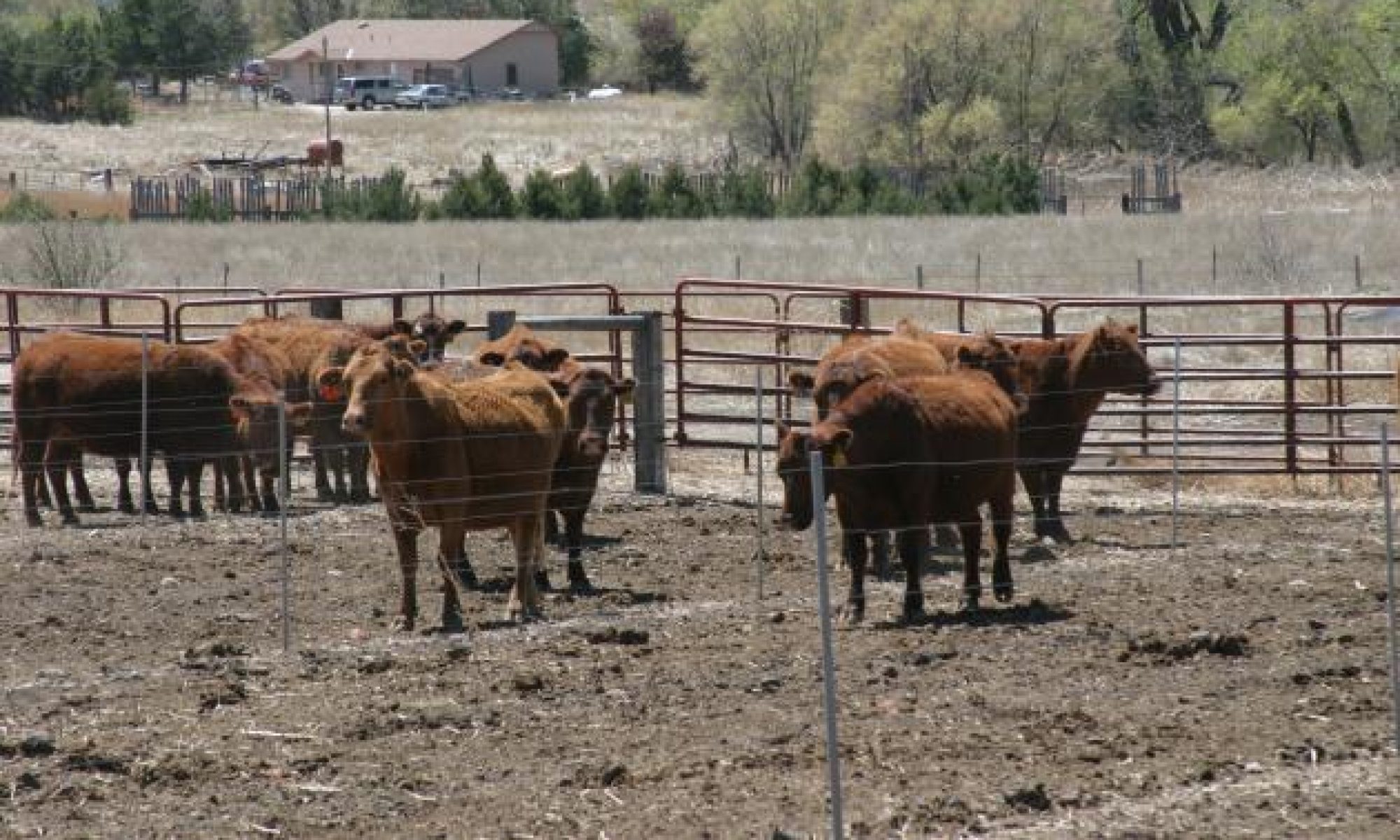Varying guidelines exist on the level of nitrate that can be fed safely. Based on research trials, the following guidelines have been developed for laboratories that analyze for nitrate-nitrogen (NO3-N): Reported on 100 percent dry matter basis: NO3-N, ppm Comment <350 Generally safe for all conditions and livestock 350-1130. Generally safe for non-pregnant livestock. Potential for early-term abortions or reduced breeding performance. Limit use to 50 percent of ration for bred animals. 1130-2260 Limit feed to 25-50 percent of ration for non-pregnant livestock. Do not feed to pregnant animals – may cause abortions, weak calves, and reduced milk production. >2260 Do not feed. Acute symptoms and death.
Some laboratories test forages for nitrate ion (NO3) and report parts per million nitrate. In general the guidelines will suggest that forages that contain greater than 10,000 ppm will be potentially lethal. Forages that contain between 2,000 and 10,000 parts per 1 million may affect milk production and may cause abortion. They can be fed if diluted with other feeds that are low in nitrate. Forages that contain less 2,000 ppm are usually considered safe.
It’s very important that you have a representative forage sample in order to get an accurate measurement of nitrate content. Drinking water may also contribute to nitrate toxicity, so it’s also a good idea to test water sources for nitrate content and then determine total nitrate intake in feed and water. The effects of nitrate may vary due to factors such as age and condition of animals, type of diet, and weather, so it’s a good idea to err on the side of safety when feeding high-nitrate forage.
